When exploring the backcountry on an ATV or snowmobile, situations can spiral out of control in a hurry. Thanks to heroes like Randy Brown, manager of the Penticton & District Search & Rescue (SAR), help can arrive quickly. But SAR members can’t aid individuals in distress if they don’t know where they are. That’s why Brown is also a Global Positioning System (GPS) device advocate and SPOT brand ambassador.
Brown previously served in the RCMP for over 30 years in a variety of uniform and plainclothes positions in the interior of B.C. As a police commander, Brown was so impressed with the unwavering commitment that volunteer SAR members provided that when he retired, he decided to become part of the SAR team. Brown has been involved with the Penticton & District Search and Rescue since 2012 and has been SAR manager since 2015.
Throughout the years, Brown has encountered all kinds of rescue scenarios. Snowmobilers and ATVers would do well to listen to Brown’s wealth of useful, life-saving knowledge.
What is the best part of your job as a rescuer?
Feeling the positive energy when a group of people come together for a common purpose to help someone in need. It’s what drives me to continue.
Why did you choose to become an ambassador for SPOT?
My first exposure to a SPOT device was during a hunting accident several years ago. A hunter was in an extremely remote mountain area when he suffered a severe laceration from a knife which resulted in extensive and serious bleeding. He was very fortunate to have the SPOT device that he was carrying with him, which not only alerted us to the incident, but provided us with his location. Within 20 minutes of receiving the call, our team was able to respond to the area with a helicopter medical team and evacuate him successfully to a regional hospital. Had it not been for the SPOT device, he would not have survived the injury. This event had such an impact on me that when I met the SPOT personnel at a Vancouver Outdoor Show, I just had to thank them for raising the awareness of such an important tool and asked what I could do to help spread the word.
Devices such as SPOT have proven to be lifesavers. They are an essential tool for those who recreate or work in remote areas. The public today somehow expects that cell networks are everywhere, but are surprised at their limitations.
As a SAR manager, having communication with lost or injured parties and knowing where they are is critical for a rapid response. It is also comforting for the rescued party to know that help is on the way.
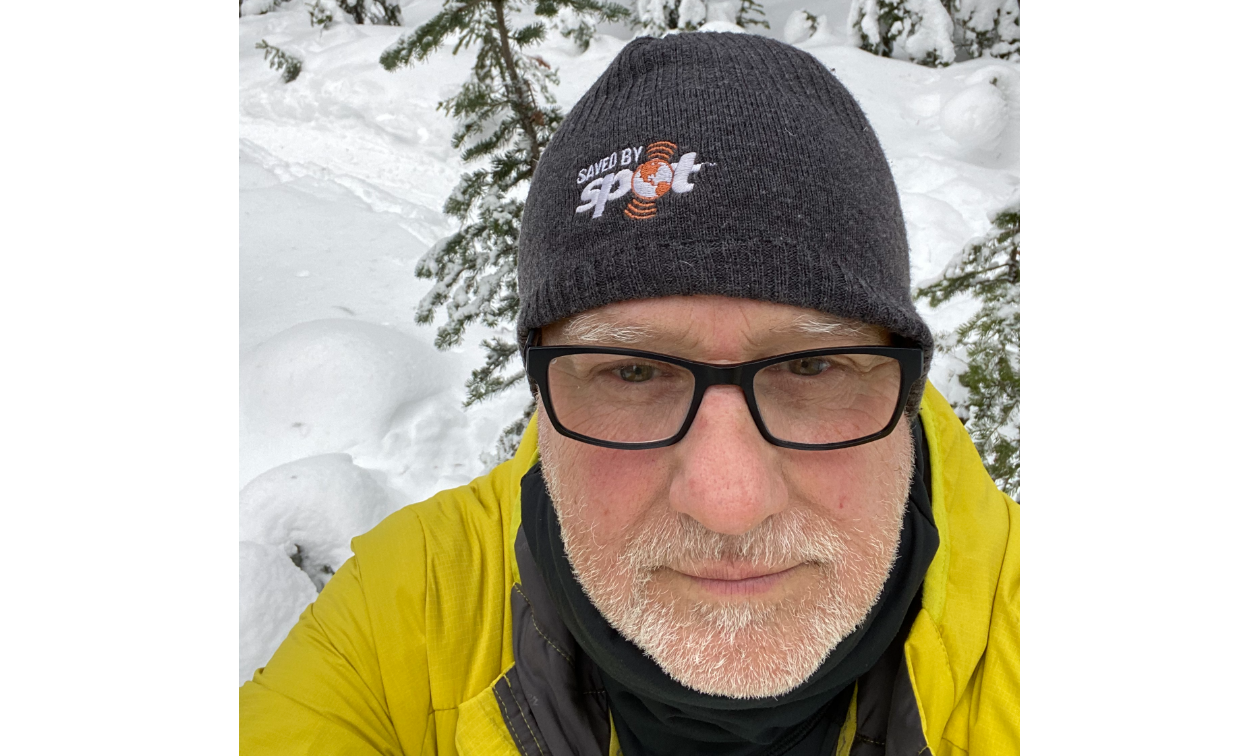
“It is essential to know how to use the GPS. Having a satellite receiver with a simple SOS button takes all of the mystery away.” — Randy Brown — Photo courtesy Caroline McGrath
What is the best part of your job as an ambassador for SPOT?
I have my SPOT X 2-Way Satellite Messenger on my pack whenever I am out and it is the one thing that starts the conversation with other outdoor participants. It gives me great pleasure to illustrate to them how the device works and the features. I watch their faces when they realize that there is no great mystery to the device. It's easy to use.
What kind of GPS do you use and what kind would you recommend?
I use my SPOT X to send my tracks to family when I am out.
Here’s what I would recommend to anyone buying a GPS:
- Don't cheap out
- Do your research and buy one that will fit your needs
- Consider screen size
- Does it have compass features and pre-loaded maps?
- Can you share data via Bluetooth?
- Determine what you want out of it and your budget
- Speak to a salesperson who knows their product
What can you say about the SPOT Gen4, specifically? What are its best features?
The SPOT Gen4 Satellite Messenger is the next level:
- Small and compact
- Easy to use
- Pre-programmed text messages with GPS coordinates with up to 10 different contacts
- You can store your location for later reference
- Customized tracking features like motion-activated tracking and a vibration sensor to tell you when to send track updates
- When you need help, it’s just the push of a button away or
- If you have a non-life threatening situation, you can alert your contacts
What are some common errors riders make when it comes to their GPS’s?
- Checking the GPS prior to departing, which includes checking battery levels (keeping fresh batteries for each trip)
- Not setting the GPS to track when departing on a trail
- Unfamiliar with GPS Unit and its operation
How can riders familiarize themselves with GPS functions?
Take the time to review the owner’s manual. Check out the manufacturing website. This will help the user orient themselves with the basic features such as setting up the compass, tracking, reading latitude and longitude, using UTM's (Universal Transverse Mercator), marking waypoints, and sharing tracks and location with others.
How do you make most of your rescues? By land, air or water?
Penticton Search and Rescue is a very diverse team and we have the trained resources and equipment to respond by air, land and water. This past year we responded to over 60 tasks with 70 per cent of these being medical evacuations and the other 30 per cent assisting with locating persons who were lost or disoriented and evacuations due to a natural emergency event. For every task we undertake, we will conduct a thorough risk assessment on the event: where is the event occurring, what is the time of day, who is the person(s) involved and their condition, do we have the resources to respond, are our people trained for the particular event, do we need extra external resources and how timely do we need to effect a rescue that would ensure that the subject’s outcome will be positive? There is a lot going on before we head out the door. Our priorities always focus on safety—for team members, subjects we are assisting and any others who may be involved.

“Devices such as SPOT have proven to be lifesavers. They are an essential tool for those who recreate or work in remote areas.” — Randy Brown — Photo courtesy Caroline McGrath
PENSAR is lucky in that we have a very seasoned Helicopter rescue Team and have access to two local Helicopter Companies who always have the right aircraft available with well-trained pilots we work with on a regular basis. When responding in the mountainous backcountry for medical evacuations, we generally utilize air operations as this reduces the impact on the subject and it is easier on our teams from a safety perspective.
What’s the most remarkable thing that has happened to you while with the Penticton Search and Rescue?
One of the most memorable events happened near APEX a few years ago when we were part of a joint rescue operation with BC Ambulance Service. We rescued a young female ATV rider who suffered a serious injury when she was impaled by a log. It was one of the most serious incidents that the EHS supervisor had ever seen. We had a quick response by our team via air to the scene and we were able to extricate her from the mountainside down to paramedics and then rush to Kelowna General Hospital where a critical care team took over. The attending physician explained later at an awards ceremony that it was a miracle that she made it to the hospital and praised the first responders for their efforts. It was a memorable moment and reinforced that what we do is so important. If not for us, who will do it?
Could you please share a story or two of when you rescued someone using a GPS?
Just last week we had a disoriented hiker on a trail who was cold and scared. She did not have a GPS and was not familiar with the trail she was on. My partner SAR manager was able to get her GPS location off her cell phone—we were lucky she had some service—and we were able to dispatch three teams to the area. We provided them with the GPS coordinates and they were able to locate her within 25 minutes. She called me later that evening to thank all of us. She was extremely upset when she knew she was lost and panic had set in. Just knowing that she could talk to someone to reassure her as the search was underway calmed her down. She said the best thing she ever saw was those headlamps coming through the forest.
Also, during the same day, we responded to a medical incident of a snowshoer who was having a possible stroke. With the aid of their GPS coordinates of their electronic compass, we were able to respond with an air rescue team without wasting our time searching.
What’s one thing you wish every snowmobiler and ATVer would do that they aren’t doing right now?
- Have a trip plan. If you deviate, let others know.
- Plan for the unexpected. That means taking overnight supplies, essentials and avalanche gear.
- Look to AdventureSmart and Avalanche Canada for the Forecasts.
- Study where you’re going.
- Invest in a satellite receiver device so you have communication.
- Go with a buddy.
How much more difficult is it to make a rescue when the snowmobiler or ATVer doesn’t have a GPS?
‘Location, Location, Location’ is what a realtor will tell you. For SAR teams, it is the number one item of information we need. Where is the last known location? This is a regular and routine struggle that SAR teams have. We can't help if we don't know where you are. Cell phones are a great aid, but having a reliable GPS unit for us is a bonus, and especially if they know how to use it. Experience has taught me that in times of crisis, people will panic and forget how to do simple tasks. If the task is complex, it is more difficult to accomplish. That is why it is essential to know how to use the GPS. Having a satellite receiver with a simple SOS button takes all of the mystery away.
5 handy tips every rider needs to remember before heading out for a day of riding:
As manager of the Penticton District Search & Rescue, Randy Brown has seen it all. Take his advice to put yourself in the best possible position the next time you’re out and about in the wilderness.
1. Prepare and share your travel plan
Before heading out on any outdoor winter adventure or holiday excursion, prepare and share your trip plan with family and friends. Include your estimated departure and arrival times and waypoints along your route.
2. Dress in layers
Never underestimate the importance of proper outdoor attire. Try to wear multiple layers consisting of a base, thermal and protective layer to protect yourself from cold, wind and moisture, and to keep the heat in. Avoid cotton. It absorbs moisture, leaving you wet with risk of becoming very cold. Choose thermal, moisture wicking garments instead. You can easily take a layer off if needed, but you can’t put anything on that you don’t have with you.
3. Prepare for the unexpected
Canadian winters demand that everyone know their own capabilities and don't fall into the trap of being overconfident. Stay within your limits and be ready with an alternate plan in case the unexpected arises, including a sudden change in weather or accident. Ensure you have a whistle, compass and a GPS communication device that works beyond cellular networks, such as a SPOT X Satellite Messenger.
4. Pack the essentials, including a GPS enabled communications device
Before heading out, pack all the essentials, starting with the right footwear. Carry hand and foot warmers in a well-stocked emergency kit so that you can be ready to wait hours in the cold for rescue while staying safe and warm. The ability to start a fire is also important—not only for warmth—but it can be used as a signal for rescuers. Make sure you have an LED flashlight—check the batteries—a flare, and a mirror or reflective device so that SAR professionals can find you from land or air searches. Carry a portable GPS enabled communications device so that you can share your location and status even if you are outside the reach of cellular networks or if your cell phone battery fails.
5. Have an emergency plan
If an emergency does occur, have a plan pre-prepared. If you become lost, stop and ask yourself if you have the skills and abilities to move forward. If you are injured and you can safely move, find a location where you are visible from both land and sky so rescuers can find you. Know when to call for assistance. If the situation is beyond your capabilities, dial 911 if you have cellular service or hit the SOS button on your SPOT device.
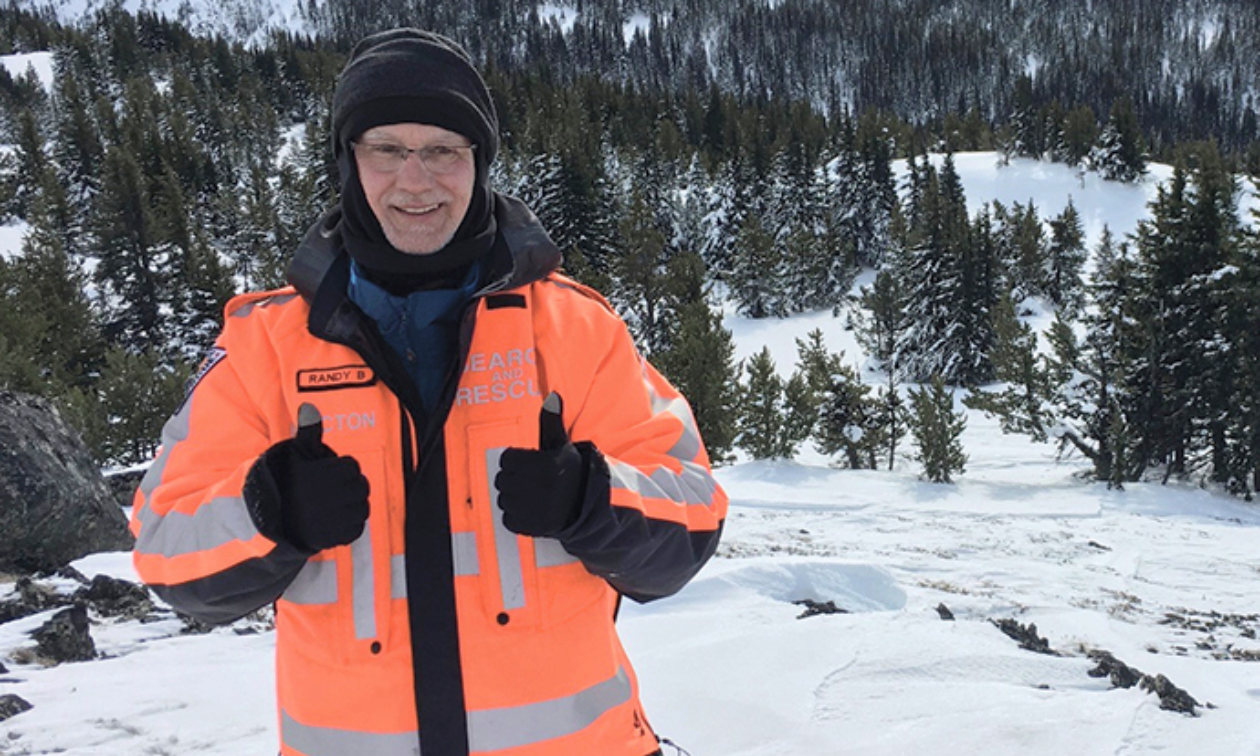



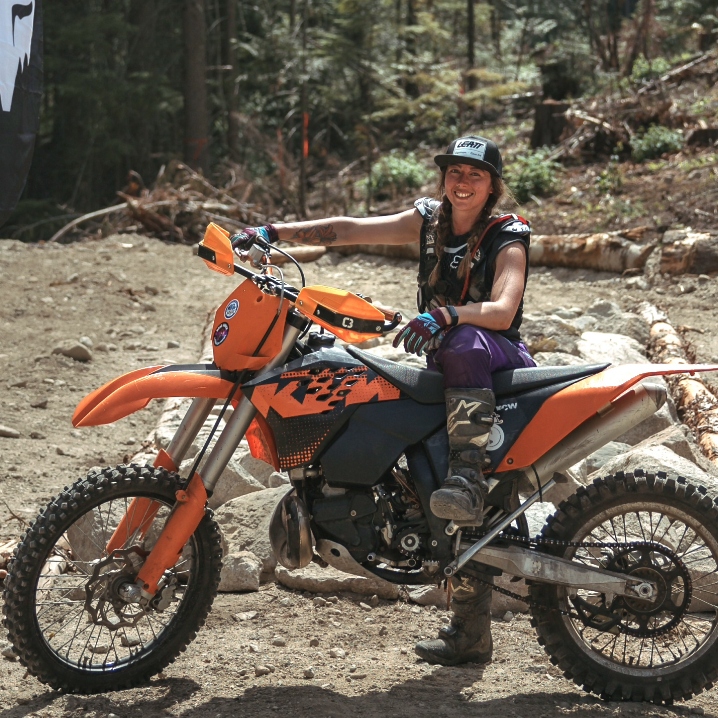
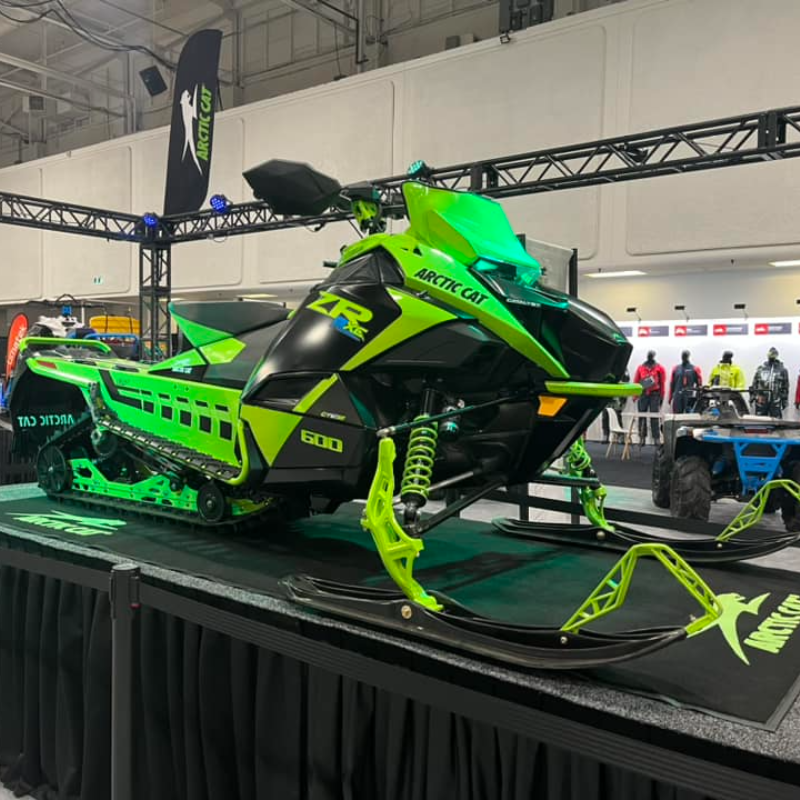
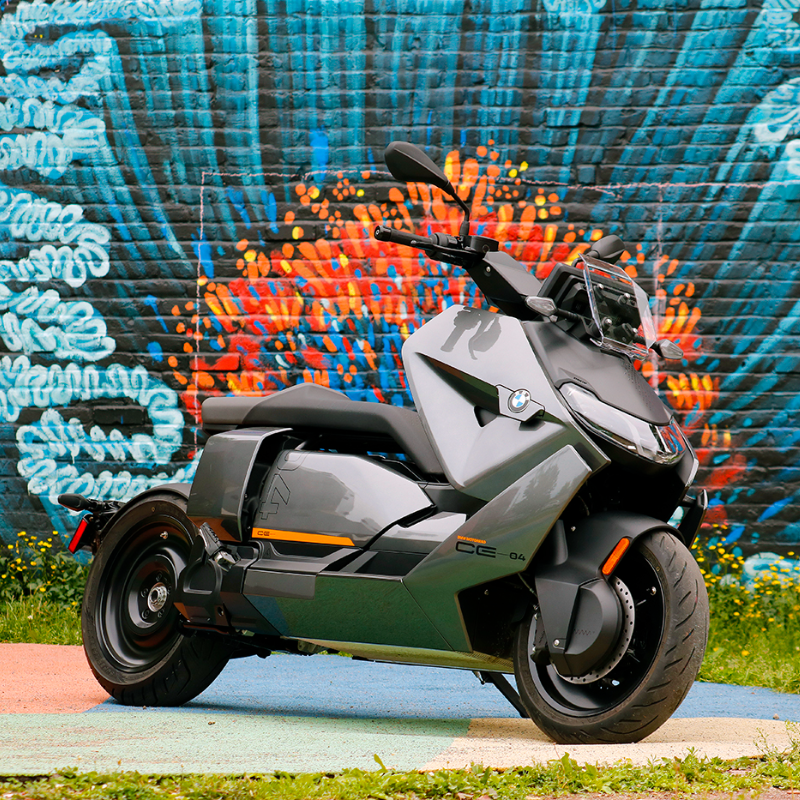

Comments